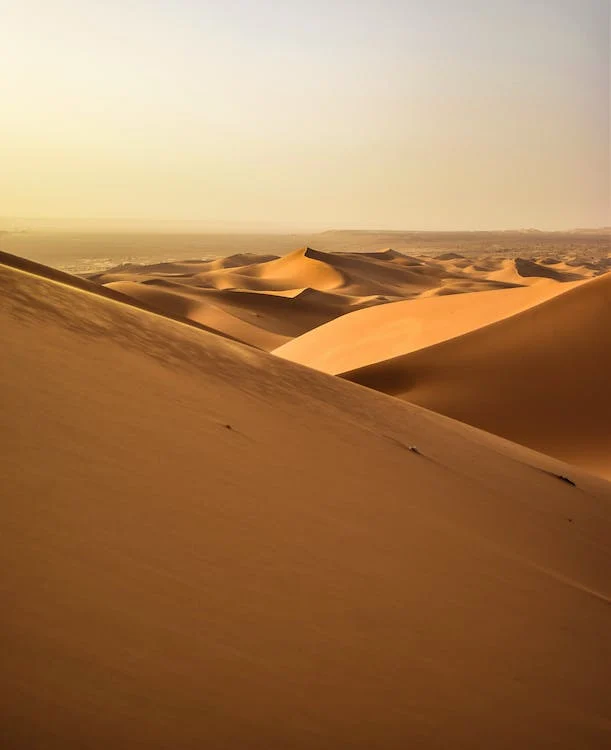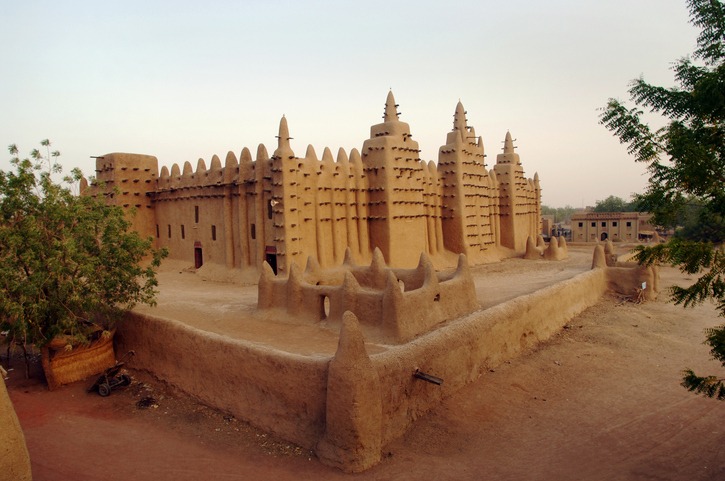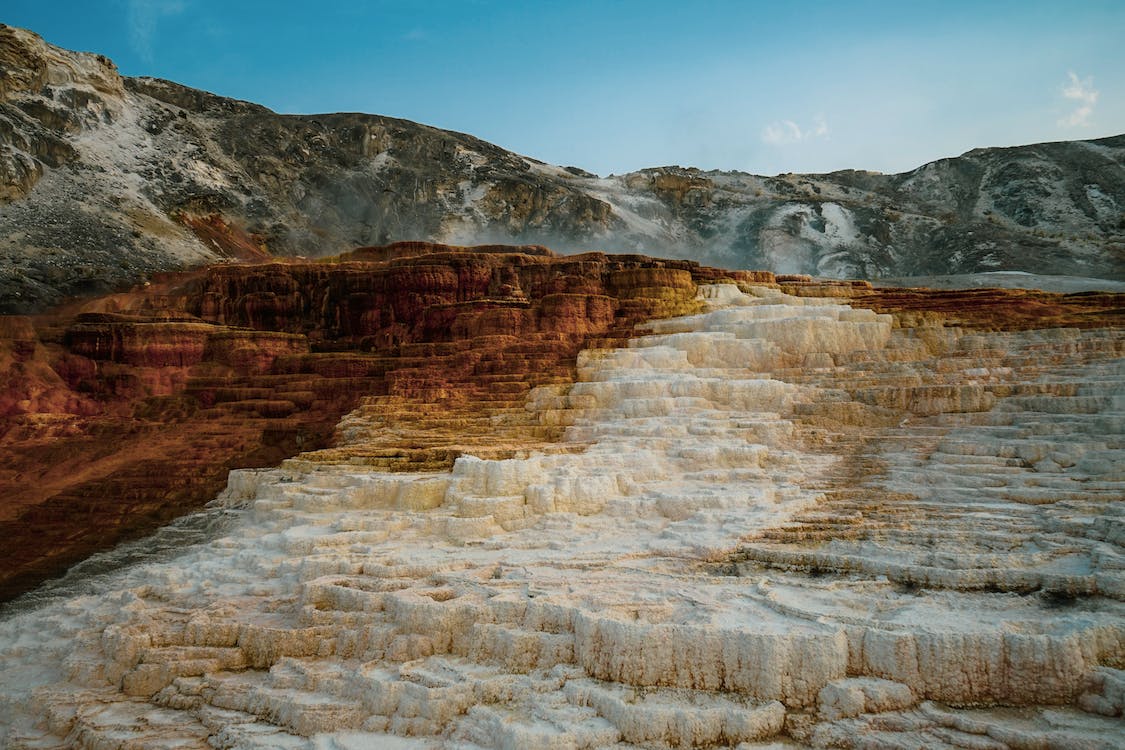People in many parts of the world welcome and glorify the arrival of summer after all those wintry months. But imagine this… would they still be enjoying the heat if they were in one of the extremely sizzling places on Earth?
We list down the ten hottest and driest places on Earth — so hot that they will almost render themselves inhospitable for humans to live in.
Kebili is a town in the northern African country of Tunisia. So far, all-time hottest records in this town have been recorded from 1901-1939, 1949-1953, and 2000-2012. A desert oasis, Kebili’s record temperature is 55 °C (131 °F), the hottest ever recorded in the entire country of Africa.
It’s no wonder — the largest contiguous sand desert in the world has also one of the world’s hottest and driest climates. Encompassing about a third of the Arabian Peninsula, Rub’ al Khali (which means “empty quarter”) has a “hyper-arid” climate, which implies that the region receives less than 3 centimeters (1.2 inches) of yearly rainfall. Rub’ al Khali’s temperature can be as hot as 51 °C (124 °F)
Despite being inhospitable, Rub’ al Khali is one of the oil-rich regions in the world, and vast oil reserves have been discovered and exploited by man. The world’s biggest conventional oil field, Ghawar Field, also derives its oil from the northernmost parts of the Rub’ al Khali.
Yes, Timbuktu is not a mere mirage or a mystery; the place does exist! Timbuktu, a city in the West African country of Mali, has a rich and illustrious history. It was once the center of learning and scholarship as well as being instrumental in the rapid spread of Islam in Africa. Although Timbuktu has retained much of its population and boasts a vast collection of ancient manuscripts, it is slowly engulfed by the nearby Sahara Desert. This type of land degradation is called “desertification,” which has contributed to the loss of much of the city’s old glory and its present-day poverty.
Like many African cities, Timbuktu has an arid climate throughout the year. Temperatures have been recorded as reaching beyond 130 °F. Fortunately, residents can enjoy the cooling waters of the River Jordan, just 15 miles away from Timbuktu.
Tirat Zvi is a religious kibbutz (community) in Israel, 10 kilometers south of the ancient city of Beit She’an in the Beit She’an Valley. It sits 722 feet (220 meters) below sea level. Though the area is just west of the Jordan River which maintains the fertility of the valley, Tirat Zvi’s heat can be extremely punishing. It has tabbed its highest daily temperature to date: 54°C (129.2°F), which is also the highest in the entire Asian continent.
The term “badlands” refers to extensive tracts of dry, heavily eroded land which supports very little forms of vegetation. But even if you don’t know its meaning yet, it sounds terrible already. Badlands in Queensland, Australia is considered the hottest and driest inhabited place in the world. Much of this remote outback is an immense desert. The NASA satellite recorded its highest temperature in 2003 at 69.3 °C (156.7 °F)
Dallol, a ghost town in the Afar Depression in Ethiopia, features a very hot desert climate. Presently, Dallol has the highest average temperature on this planet. Between the years 1960 and 1966, it recorded an average annual temperature of 34.6 °C (94.3 °F). It’s like getting oven-baked all year round with no letup whatsoever.
Back then Dallol used to be a bustling center for mining. It is rich in minerals including potash and salt. Nearby the area there is also a volcano of the same name. So it means Dallol is really scorching hot from whichever direction — from the sky above and from the earth below.
Dasht-e Lut is a vast salt desert in Kerman Province, Iran. It is so blazing hot that regularly monitoring the temperature is an impossible task. Fortunately, the NASA satellite is able to measure temperatures remotely from space. The record-high temperature there is 70 °C (159.3 °F), which was recorded in 2005. This makes Dasht-e Lut the hottest and driest place on earth.
Death Valley is the hottest, driest, and lowest region in North America. Located in the Mojave Desert in eastern California, the Death Valley is 85 meters (279 feet) below sea level. It holds the record for the highest directly recorded temperature at 134 °F (56.7 °C), measured on July 10, 1913. “Directly recorded” means that the temperature is measured on the site itself and by an official weather station, compared to other remote means such as a satellite.
While Death Valley’s unforgiving heat makes it difficult for humans to live there, some forms of life do exist in Death Valley. For instance, Death Valley’s Badwater Basin supports organisms such as aquatic insects and certain types of weeds, despite the fact that the basin is too salty to be drinkable.
Also known as ‘Aziziya, El Azizia is a desert town in northwestern Libya, 25 miles away from the capital Tripoli. As of 2006, El Azizia’s population stands at 23,399.
El Azizia used to hold the world’s highest temperature ever recorded: 57.8 °C (136 °F), recorded on September 13, 1922. However, the readings were disputed because of certain irregularities (it was measured by an inexperienced observer, for one). In 2012 World Meteorological Organization found the temperature measurements to be invalid, and finally awarded the record to new holder Death Valley from the United States.
El Azizia may have lost its record after holding it for 90 years, but it’s possible that the desert town can reclaim its old spot. July is the most sweltering month there, where temperatures can reach as high as 39.2 °C (102.6 °F).
Also known as Goachang Mountains, the Flaming Mountains are sandstone hills located in the Tian Shan Mountain range. They are named so because of the striking gullies that have been caused by erosion of the red sandstone bedrock which gives the appearance of flames. However, the Flaming Mountains are also named because of its blazing temperature. In 2008 a NASA satellite recorded the hot and hilly region’s all-time high temperature at 152.2 °F (66.8 °C).




